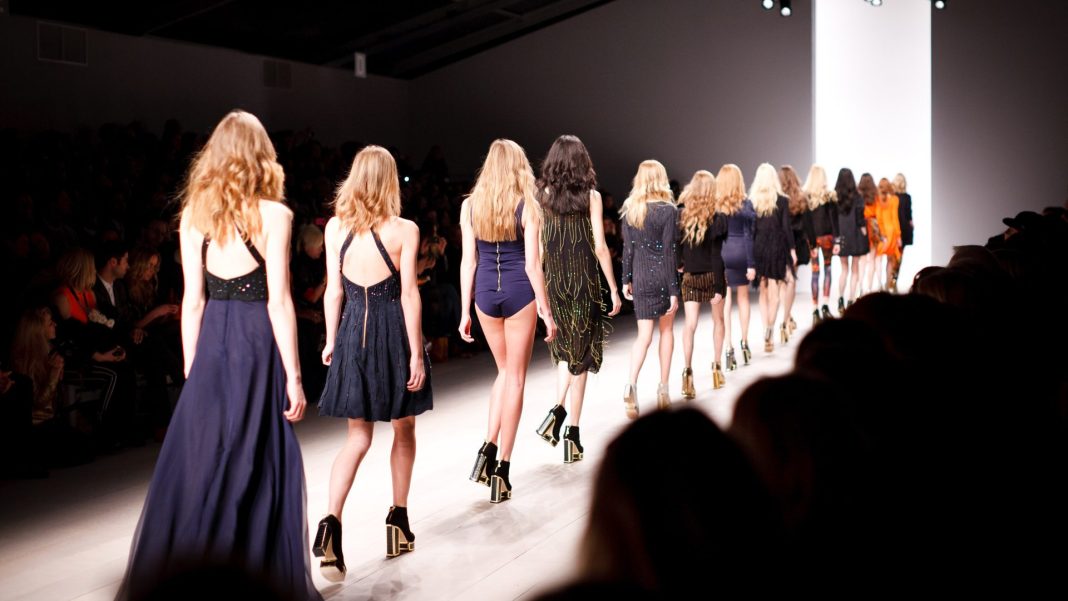In a world where images of AI-generated people are becoming indistinguishable from ones of real humans, Dove’s ‘Real Beauty Pledge’ was recently launched in a bid to keep beauty real, relatable, and removed from technology, upholding it “as a source of pleasure and self-expression” for women. However, with comparison culture forever rampant, to what extent can Dove’s marketing code bridge the gap between ‘real beauty’ and, problematically, real beauty standards?
Launched in 2004, Dove’s original “Real Beauty” campaign aimed to redefine traditional beauty standards. In the aftermath of the 90’s ‘heroin chic’, their approach pioneered an important redirection that showcased a true range of body types, ages, and ethnicities. Cleverly conflating their brand’s image of clean and pared-back skincare with natural skin and nourishing ingredients, Dove proposed a commitment to care. It is an important position to have taken in a saturated skincare market that all too often overtly targets a customer’s insecurity and dissatisfaction. Recognising that consumers, especially young ones, have become increasingly desensitised to airbrushed and altered images of models and skin, Dove’s latest project “No Digital Distortion” Mark, and their decision never to use AI images, serve to be important marketing commitments that set a healthy boundary when it comes to the growing use of AI.
Dove’s 2024 campaign, “The Code”, looks towards the future of “Real Beauty” by questioning what ‘realness’ means to us in a time where AI is being constantly filtered into our consumption of the media. Their awareness of the negative impact of narrow beauty standards is demonstrated through their most recent proposition to alter the delivery of beauty marketing campaigns by completely removing the use of AI.
However, there is a risk that this proposition is short-lived given that their advert begins by showing AI-generated images of beautiful women. Despite Dove seeking to convert this narrative as part of their campaign, asking the public to “imagine a gorgeous woman according to Dove’s Real Beauty Ad”, there is still an implicit suggestion that people perceive conventional and clear-skinned digital women attractive. It is this perpetual desire for beauty, fuelled by discontent, that upholds consumerism. As such, there is also an approach to sales that must be acknowledged. According to a recent report from Unilever, Dove successfully achieved “its highest underlying sales growth in more than a decade in 2023, delivering €6 billion for Unilever”, revealing that Dove’s campaigns were highly influential in converting potential buyers into customers.
Regardless of these caveats, an important discourse still underlies the campaign – reminding us that beauty standards are taught, spread, and learnt. Just as Dove’s campaign seeks to re-teach the diversity of real beauty, so too is it aiming to encourage its consumers to re-think how beauty standards are embedded in our daily discourse and experience.
Yet, pressing further still, Dove’s “Self-Esteem Project”, a movement designed to instil body confidence in young people across the world by 2030, inadvertently recognises another factor at play when it comes to the cost of beauty: comparison culture.
Speaking to students about their response to Dove’s campaign suggests that, whilst beauty campaigns may be vehicles to incite important discussions on the nature of beauty norms, their efficacy relies on comparison and dissatisfaction:
“The entire system of beauty and makeup brands is based on comparison to prettier people, so you’d have to dismantle the entire business model to stop it being based on comparison.”
Comparison culture sneakily divides our true wants from our musts, enacting internal cycles of self-deprecation and a loss of clarity on what we actually desire, even before we realise it’s happening. Subliminally, beauty campaigns often enable a solidification of beauty norms and unrealistic standards. Yet, that whispering voice which sets out to undermine our experiences of social media and popular culture, seamlessly embedded into our daily interactions, is likely always to linger, regardless of whether marketing images are AI or real. In the last ten years, the constant array of articles aimed at understanding theories of social comparison testify to its underlying place in our daily lives and experiences.
So, you ask, what is the solution to this blatant problem? Radical acceptance. This is the most effective means in which to pave the way towards self-growth and satisfaction. Yet, we must be cautious as the temptation to literalise Dove’s condition of ‘real’ beauty might also provoke the desire to reach an unattainable aesthetic and ineffable expression of realness in the first place.
Today, an understanding and expression of beauty is heavily distorted by cosmetic surgery, photo-editing, beauty filters, and AI. It is a product of technological advancement that is likely to continue blurring our understanding of ‘realness’ unless images are explicitly labelled to reveal how they have been altered. With this in mind, Dove’s direct commitment never to use AI images offers both an important social commentary on the use of AI in beauty (and how it is marketed), as well as highlighting an increased need for brand transparency to distinguish AI-generated ‘skin’ from the norm.
Whilst there is no doubt that Dove’s campaign is also a highly convincing commercial creation that supports their vision for obtaining natural, clean and nourished skin, it is also claiming a stance on the challenge of the impact of AI on social change. Importantly, Dove is exposing and recognising how AI is at risk of occluding our relationship to reality.


